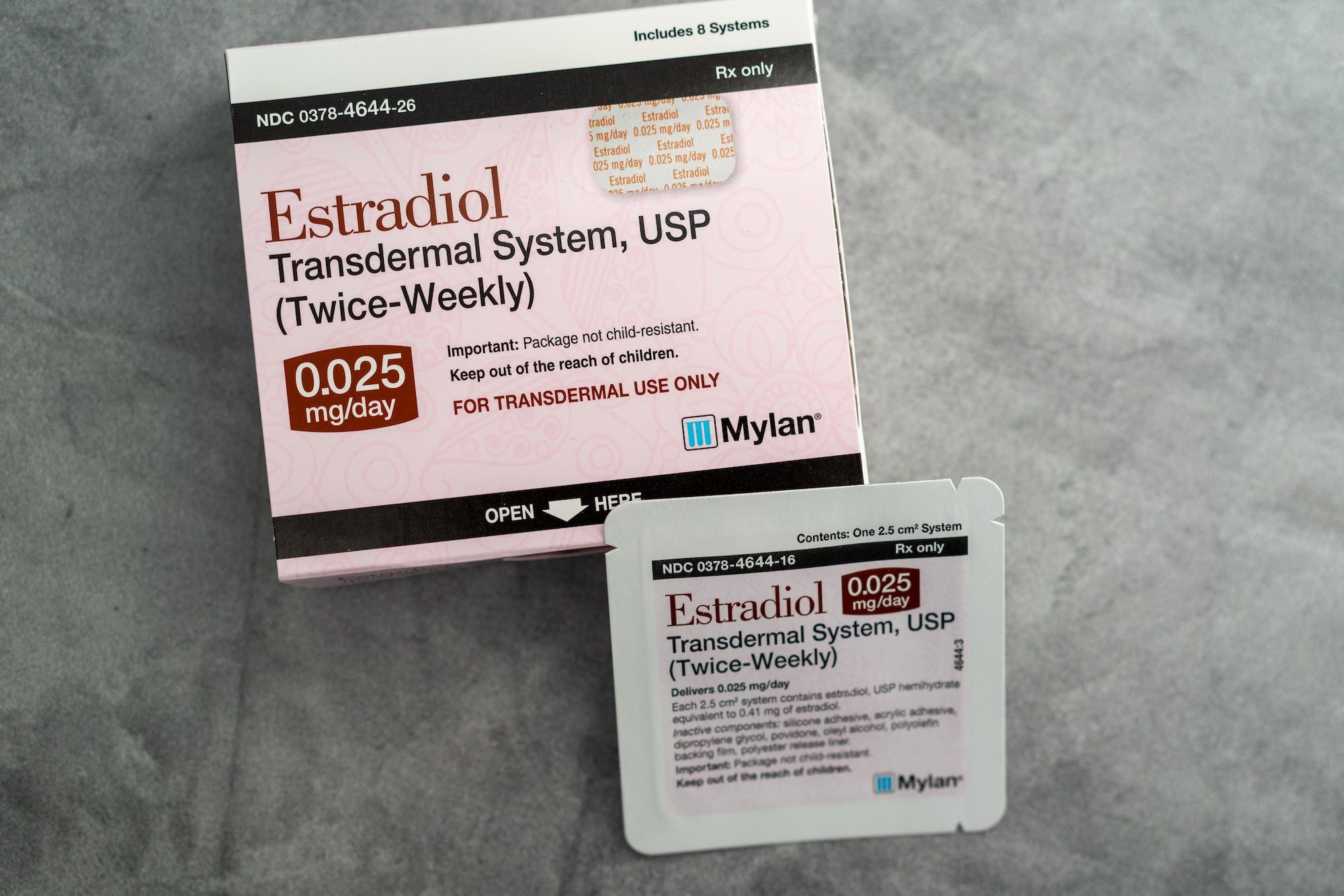Azoospermia is a condition where there is no sperm present in the ejaculate. This is experienced by 15% of those with male-factor infertility and 1% of the general male population. Although azoospermia is rare, there’s a lot that we know about the condition, including potential treatment methods.
If you’re trying to start a family and suspect that azoospermia is why you’re struggling to conceive—or if you’ve recently been diagnosed—read on to learn more about azoospermia symptoms, diagnosis, treatment methods, and more.
Takeaways:
- Azoospermia can be obstructive — i.e., caused by a blockage or missing piece in the reproductive system — or non-obstructive.
- Causes include congenital disorders, genetic mutations, illness, hormone imbalance, and more.
- Azoospermia is diagnosed via semen analysis. More advanced testing may be used to determine the root cause.
- There are treatments that make having a biological child with azoospermia possible. The best treatment will depend on the underlying cause.
What is azoospermia?
Azoospermia is a condition where there is zero sperm found in ejaculated semen. (This is more severe than oligospermia, a condition in which sperm count is abnormally low.) It’s also sometimes known as “aspermia.”
What causes azoospermia?
Understanding the cause of your azoospermia is critical to finding the best treatment method. There are two types of azoospermia: obstructive and non-obstructive.
With obstructive azoospermia, the primary issue is a blockage or missing piece in the male reproductive system. This means that sperm production may be adequate or even high, but the sperm can’t enter the semen or be ejaculated. In cases like this, treatment methods will focus on repairing the blockage or extracting sperm directly from the testes.
If a person has azoospermia but there’s no blockage, that means that there’s an issue with sperm production. This could be a hormone imbalance, an issue within the testes, or even a genetic mutation. Treatment methods may include medication and lifestyle changes to improve sperm health and production.
Below, you’ll find common causes for both obstructive and non-obstructive azoospermia.
Obstructive azoospermia
- Congenital absence of the vas deferens (CAVD). CAVD is a condition in which the vas deferens — the duct that delivers sperm from the testicles to the urethra — does not develop properly prior to birth. There are two types of CAVD: unilateral (CUAVD), or one side, or bilateral (CBAVD), or both sides.
- Cystic fibrosis (CF). Cystic fibrosis is a genetic disorder. Nearly 95% of men with CF have bilateral CAVD. Additionally, those who are CF carriers — meaning they have only one copy of the gene mutation that causes CF, instead of two — are more likely to have CAVD, compared to the general population.
- Epididymitis. Epididymitis is inflammation of the epididymis, which is the part of the testicle where the sperm matures. An untreated sexually transmitted infection (STI) is one of the most common causes of epididymitis, and can lead to inflammation and the formation of scar tissue. In some cases, if a person goes too long before treatment, they may have permanent scarring as a result of the infection.Severe UTIs, tuberculosis, direct trauma, and orchitis — inflammation of the testicles — can also cause epididymitis.
- Ejaculatory duct obstruction. The ejaculatory duct is the connection between the vas deferens, which carries sperm from the testicles, and the seminal vesicles, where the semen is produced. A blockage here can prevent sperm from entering the semen. It’s possible to be born with an ejaculatory duct blockage or to develop one due to physical trauma or past surgery.
Non-obstructive azoospermia
- Genetic causes. Studies say that genetic factors may account for one third of azoospermia cases. A couple of genetic conditions that impact male fertility and may cause azoospermia include Kallman’s syndrome and Klinefelter syndrome.
- Hormonal causes. Many hormones work together to regulate the reproductive system. Too much or too little of any of the hormones that drive male fertility — luteinizing hormone (LH), follicle-stimulating hormone (FSH), and testosterone — could lead to azoospermia. For example, injectable testosterone has been shown to halt sperm production; one study found that 65% of fertile men who injected testosterone over a 12-month period developed azoospermia.
There’s also hypogonadotropic hypogonadism. This is a problem with the pituitary gland or hypothalamus, organs in the brain that produce LH and FSH, which thereby drive the production of sperm and testosterone. This condition can either be present at birth or develop later in life.
Hypothyroidism, when the thyroid gland releases too little thyroid hormone, can also lead to a decrease in sperm production and, if left untreated, can cause azoospermia. Hyperprolactinemia, which is when a person produces excessive amounts of prolactin — the hormone that triggers lactation, among other things — can also cause azoospermia.
- Radiations and toxins. Chemotherapy can lead to azoospermia, and it’s difficult to predict whether and how quickly sperm production will return after treatment is finished. Sperm freezing is an option cancer patients should consider if they want to have biological children in the future.People who work in environments where they are exposed to chemicals or toxins that are known to impact sperm production (like pesticides and heavy metals) may be at greater risk of developing azoospermia. Some of these environments may include work in the agriculture, herbicides, construction, plastic production, and welding industries.
- Varicocele. A varicocele is an enlarged vein in the scrotum or testicle. Varicoceles can negatively impact male fertility by lowering sperm counts, sometimes to the point of developing azoospermia.
Azoospermia symptoms
Because people with azoospermia often have normal sexual function and ejaculation, most don’t experience any symptoms of azoospermia, and may not be aware of the issue until they are actively trying to conceive.
Most symptoms will be attributed to the root cause rather than azoospermia itself. For example, if the cause of a person’s azoospermia is epididymitis, then they may feel swelling or discomfort around the testicles. People who have azoospermia caused by a hormone imbalance such as hyperprolactinemia may experience symptoms like low sex drive, fatigue, or erectile dysfunction. People with cystic fibrosis will be diagnosed at birth, but those who are CF carriers may not know until adulthood (if ever).
For many, infertility is the first and only sign that something is amiss. If you have been trying to conceive, start with sperm testing to get a clearer view of your fertility.
How is azoospermia diagnosed?
The first step to diagnosing azoospermia is a semen analysis. The process is this: You will produce a semen sample via masturbation that will be sent to a lab to be examined. There, lab scientists will measure semen volume, sperm count/concentration (how many sperm), sperm motility (how sperm are moving), and sperm morphology (how sperm are shaped).
If there is no sperm in your semen sample, then you may have azoospermia. Typically a doctor will order a repeat analysis to confirm.
Then, your physician may want to perform other diagnostic tests to understand the root cause of your azoospermia. For example, they may want to perform an ultrasound to view the scrotum and other parts of the reproductive tract, to see if an obstruction is present. They may also want to order blood tests to evaluate hormone levels or check for genetic conditions.
Since azoospermia can be caused through obstructive or non-obstructive means, it’s important to get down to your root cause so you can find the best treatment method.
At-home semen analysis
Taking that initial step of sperm testing can be emotionally taxing. For many, the thought of calling a doctor’s office to make an appointment, driving out to a clinic, and then producing a sample in a stark facility feels off-putting. If physically visiting a doctor’s office isn’t within your comfort zone, you can still get answers.
At-home sperm analysis kits allow you to produce a sample at home and overnight your confidential kit to a facility for testing. With Legacy, you also receive easy-to-understand reports and the option to schedule a virtual fertility appointment with a male fertility clinician, so you can discuss your results with an expert and figure out the best next steps.
How does azoospermia affect fertility?
Because no sperm is present in the semen, azoospermia makes conception without medical intervention unlikely.
However, it can absolutely be possible for those with azoospermia to have biological children. Being diagnosed with azoospermia can feel demoralizing if you’re trying to start a family. It’s important to slow down, take a breath, and remember that this condition does not mean it’s impossible to have biological children. You still have options.
How can azoospermia be treated?
Azoospermia treatment will depend on the cause. Some common approaches include:
- Surgery. For those with obstructive azoospermia, doctors may be able to remove a blockage through surgery, or even reconstruct and reconnect abnormal vas deferens. If a varicocele is found to be the cause of azoospermia, the problem veins can be tied off in a surgical procedure.
- Medication. If your root cause is hormonal, your physician may recommend hormone treatments to help improve low hormone levels or production. The medication Clomid has also been used to block estrogen and fix a hormone imbalance.
- Testicular sperm extraction (TESE). Those with obstructive azoospermia usually don’t have trouble producing sperm but instead experience an issue in transporting sperm to the semen. In this case, TESE — a microsurgical technique — can be used to collect sperm directly from the testicles. The sperm can then be cryopreserved (frozen) for use in vitro fertilization (IVF) or intracytoplasmic sperm injection (ICSI).
In our sperm improvement guide, you’ll find tips for healthy lifestyle changes, such as diet and exercise, to improve fertility. Although these changes alone may not be able to treat azoospermia, making lifestyle improvements alongside your doctor’s recommendations can improve your sperm health and your overall well-being.



